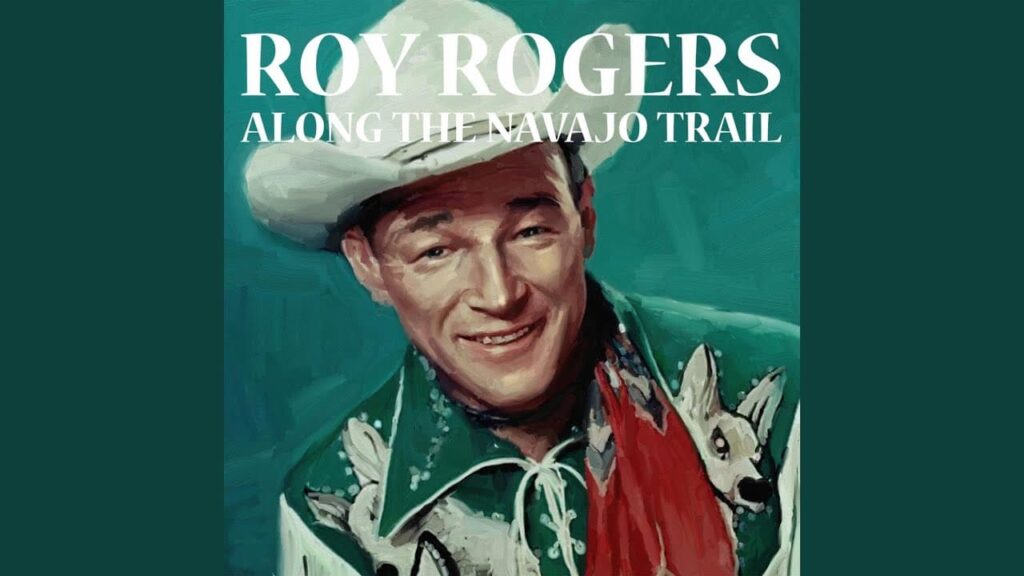
The Cowboy Anthem for Eternal Freedom: Cole Porter’s Unlikely Western Classic
For many of us who grew up in the golden age of the Western, the name Roy Rogers immediately conjures the image of a straight-shooting hero, astride his faithful palomino, Trigger, riding across the unspoiled canvas of the American West. And right alongside that image is the irresistible, lilting melody of his signature song, “Don’t Fence Me In.” This track wasn’t just a hit; it was an enduring cultural touchstone, a pure distillation of the American spirit of independence, delivered with the charming simplicity that was the hallmark of The King of the Cowboys.
But here’s one of music history’s great, delightful surprises: this quintessential cowboy anthem was not penned by a grizzled ranch hand, but by the most sophisticated, urbane composer of the Tin Pan Alley era, Cole Porter—a man whose usual lyrical terrain was the champagne-soaked penthouse, not the dusty trail. Porter famously claimed the song was his least favorite, yet its genius lies in its ability to bridge two seemingly separate worlds.
The Story Behind the Song is a fascinating journey. Porter first wrote the tune in 1934 for an unproduced musical called Adios, Argentina. Crucially, the core lyrics came from a poem written by a Montana engineer and amateur poet named Robert “Bob” Fletcher, who sold the rights to Porter for $250. Porter adapted Fletcher’s rugged, authentic lines—”Give me land, lots of land / Under starry skies above”—and fused them with his own melodic brilliance. It lay dormant for a decade until 1944, when Roy Rogers performed it in the all-star wartime morale-booster film, Hollywood Canteen. The public immediately latched onto the sentiment, a nation tired of war and rationing finding solace in the idea of the wide-open West.
While Roy Rogers’ 1944 film version introduced it to many, the song became a colossal success when the recording by Bing Crosby and The Andrews Sisters was released in late 1944, soaring to No. 1 on the Billboard charts for eight weeks and selling over a million copies. However, it was Rogers who truly embodied the song’s spirit on screen, and the following year, the song became the title tune of his own 1945 film, Don’t Fence Me In, forever cementing the song’s place in the Western genre.
The meaning of “Don’t Fence Me In” is as clear as a Western sky, yet it possesses a deep resonance that goes far beyond cattle and corrals. It is a heartfelt plea for freedom, non-conformity, and the necessity of space to breathe. The narrator longs to “ride through the wide, open spaces that I love,” rejecting the “hobbles” and “fences” that represent constraint, whether physical, emotional, or societal. During the 1940s, this message of unfettered liberty spoke to the homesick GI fighting overseas and the families waiting back home. Decades later, it continues to echo as a universal desire to escape the cramped confines of modern life. For us, the song is a direct line back to a simpler time, a musical invitation to “straddle my old saddle” and forget, if only for three minutes, the walls that life invariably builds around us.
The unlikely marriage of Cole Porter’s sophistication and Roy Rogers’ wholesome cowboy persona created an American classic that feels as authentic as the smell of saddle leather and as breezy as a wind-swept canyon. It reminds us that sometimes, the simplest truths are the ones that endure.